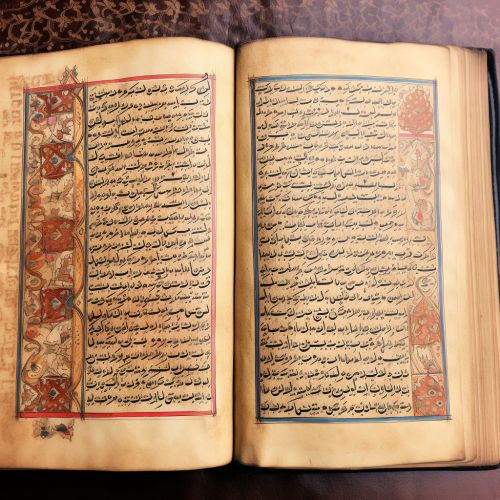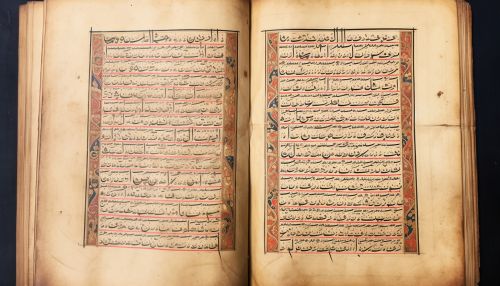The Canon of Medicine
Origins and Background
"The Canon of Medicine" is a medical encyclopedia written by Persian polymath Avicenna (Ibn Sina) during the Islamic Golden Age. It is a fundamental text in the history of medicine and was the primary medical authority in the Islamic world and Europe up to the 18th century. The book is known for its introduction of systematic experimentation and quantification in the study of physiologyphysiology and its introduction of experimental medicineexperimental medicine.
Structure and Content
The Canon of Medicine is divided into five books. The first book deals with general principles of medicine, the second with simple drugs and medicines, the third with diseases specific to one part of the body, the fourth with diseases that affect the whole body, and the fifth with compound medicines. The Canon is notable for its organization, which largely follows the natural progression of human illness and its treatment.


Influence and Legacy
The Canon of Medicine served as the primary textbook for medical education in the Islamic world and Europe for centuries. It was translated into Latin in the 12th century and into Hebrew and other languages later. Its influence extended to the Renaissance and beyond, and it was studied in the great medical schools of Salerno and Montpellier. The Canon's systematic and logical approach to the classification and treatment of diseases was a significant advancement in medical knowledge.
Criticisms and Controversies
While The Canon of Medicine was groundbreaking in its time, it is not without its criticisms. Some modern scholars argue that the Canon's reliance on humorismhumorism and other outdated medical theories undermines its relevance. Others argue that the Canon's emphasis on reason and observation over divine intervention was controversial in its time and remains so in some circles today.
